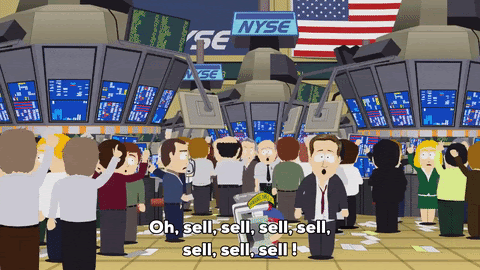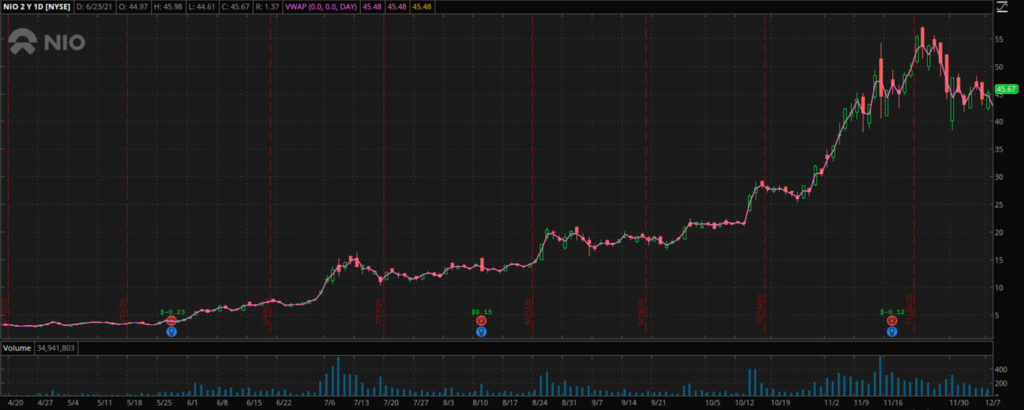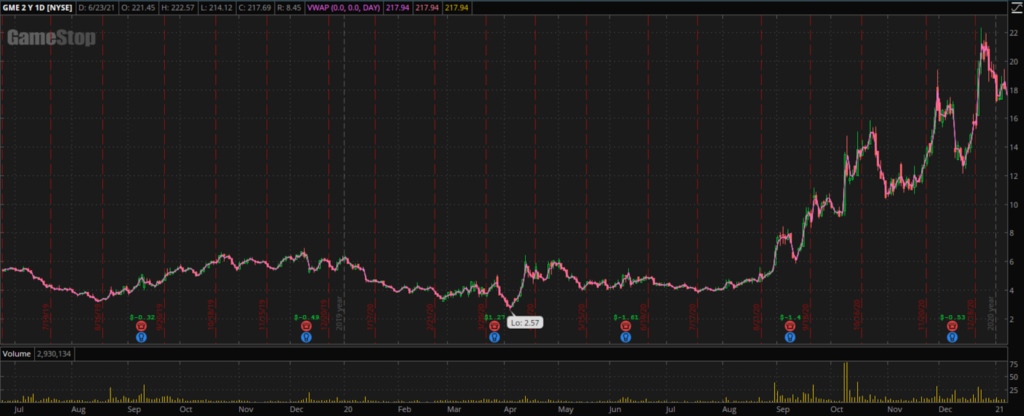Out of the many symbols popping on screens each day, very few turn into real momentum movers – so how can you tell the real ones from the fake?

Of course, there is no surefire way…
But most momentum names I’ve seen share some common characteristics.
And I’m about to share with you what those are…
Low(ish) Float:
A stock’s float is the number of shares that can be bought and sold by the general public.
It’s different from the total number of shares outstanding, as the float excludes restricted shares – those that can’t be freely traded by the general public, such as shares held by insiders.
As you figured, it’s calculated through very simple arithmetics:
Stock Float = Shares Outstanding – Restricted Stock
Float matters for momentum trades for a very simple reason – the less shares are out there, the more violently the price will react to increased demand.
If the demand is plentiful and the supply is limited – a stock will have to move higher!
When trading momentum, you’re trading continuous demand, so why not have the share structure help you along the way?
I’m not giving you a specific figure, as the definition of low may vary based on the size of the company and the underlying story (the catalyst for the move).
Here are a couple of baseline parameters I may suggest:
- Under 20 million shares for stocks under $10 with market cap under $1 billion
- Under 75 million shares for all other stocks with market cap between $1 – $20 billion
Which brings me to my next point…
Low(ish) Market Cap
So why does such a high-level parameter as market cap matter in momentum trading?
The answer is fairly simple – market cap can give you a general idea of how much far a stock may move.
Momentum moves generally happen due to a catalyst: either individual, or sector-wide.
Which of the following 2 would require a more significant catalyst to have a profound impact on valuation and demand for shares:
- $2.2 trillion AAPL
- Any in the $200 million – $3 billion range that gets story the market likes
The answer is obviously the latter – bigger names require much more significant catalysts to affect the market’s perception of their value.
With few notable exceptions (TSLA being the brightest example) biggest momentum moves happen in smaller stocks.
Again, there are no rules here, every situation should still be treated individually, but good ballpark figures are under $20 billion in general, ideally under $3 billion.
3-6 Months Uptrend
The way I like to think about this is energy: before a stock can explode, it needs to accumulate some energy.
Continuous demand is a great sign for any long trading setup, but when you’re looking for potentially explosive trades – this may become the most crucial factor.
If I’m considering a stock for a momentum move, I like to see “energy build up” – slow but steady grind over the past 3-6 months.
One very clean example of what I’m talking about is NIO, during the main phase of EV-sector run ups:

The stock had been on a steady grind for half a year – each dip got bought, each consolidation resolved higher.
Eventually, it went from under $20 to over $50 in a matter of one month in a classic example of momentum move extension.
Upticking Volume
Momentum moves happen when more and more traders get excited about a company or a sector and pour in their buy orders, creating major demand.
Volume is a simple yet most reliable measure we have of “popularity” of a stock.
As a name gets hotter, I like to see the volume increase along the way as well.
Let’s have a look at GME, as it was building up for its eventual ripper move:

As you can see the stock had both a 6 month uptrend, as well as a notable uptick in volume throughout that period.
Traders were clearly getting excited about the name and buying it as aggressively as they could.
When large volume moves hold – you know you might be in for a ride.
Look, as I said many times throughout – each trade is different and there’s no bulletproof way.
With every stock you see, you still need to do a lot of due diligence.
But it never hurts to check off some boxes that are known to support momentum moves.




4 Comments
Appreciate the coaching! Thanks
Thanx Jason, but i dont understand what is MOMENTAM MOVEs means.
Thanks, J! KD
excellent. thanks